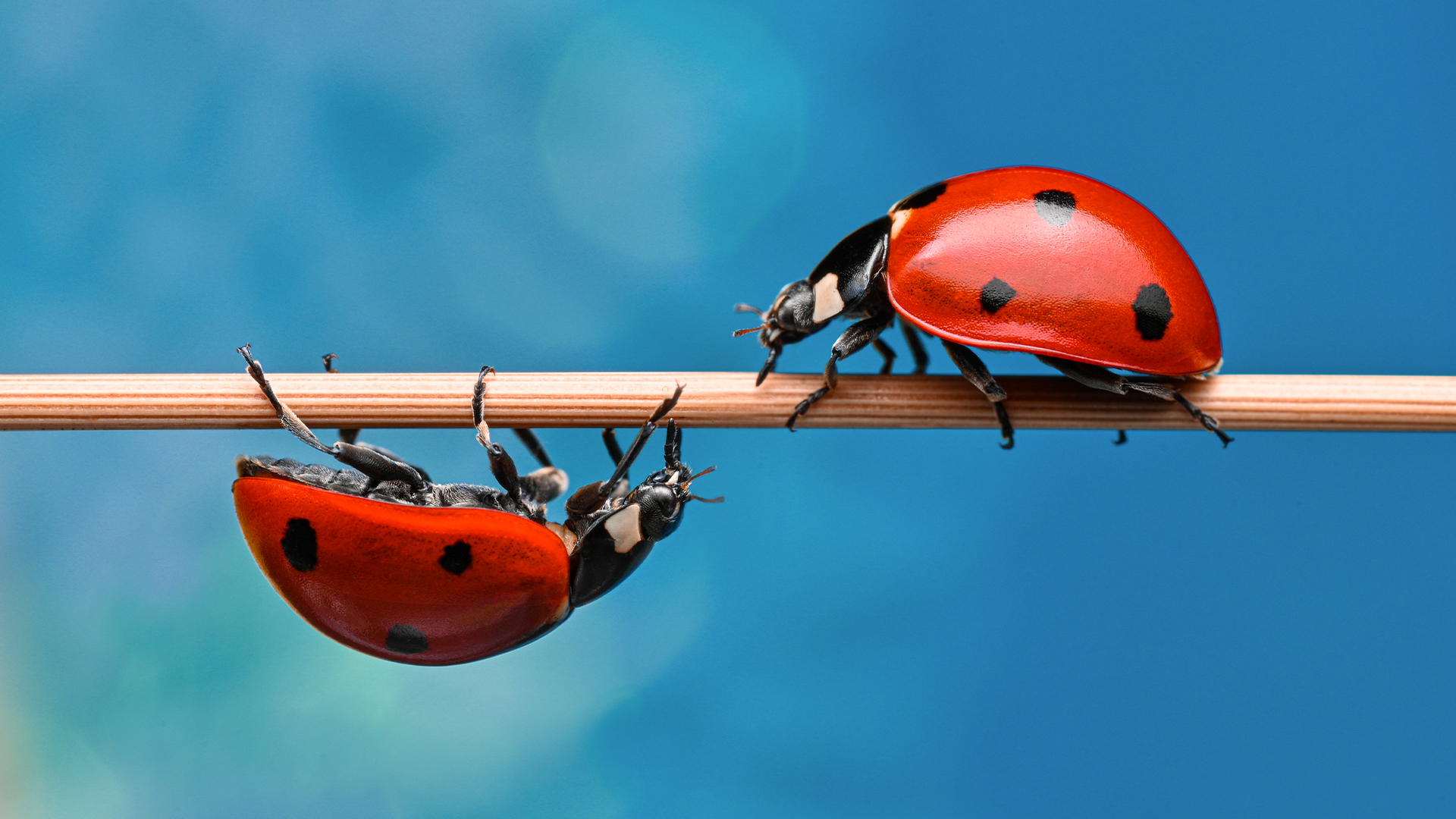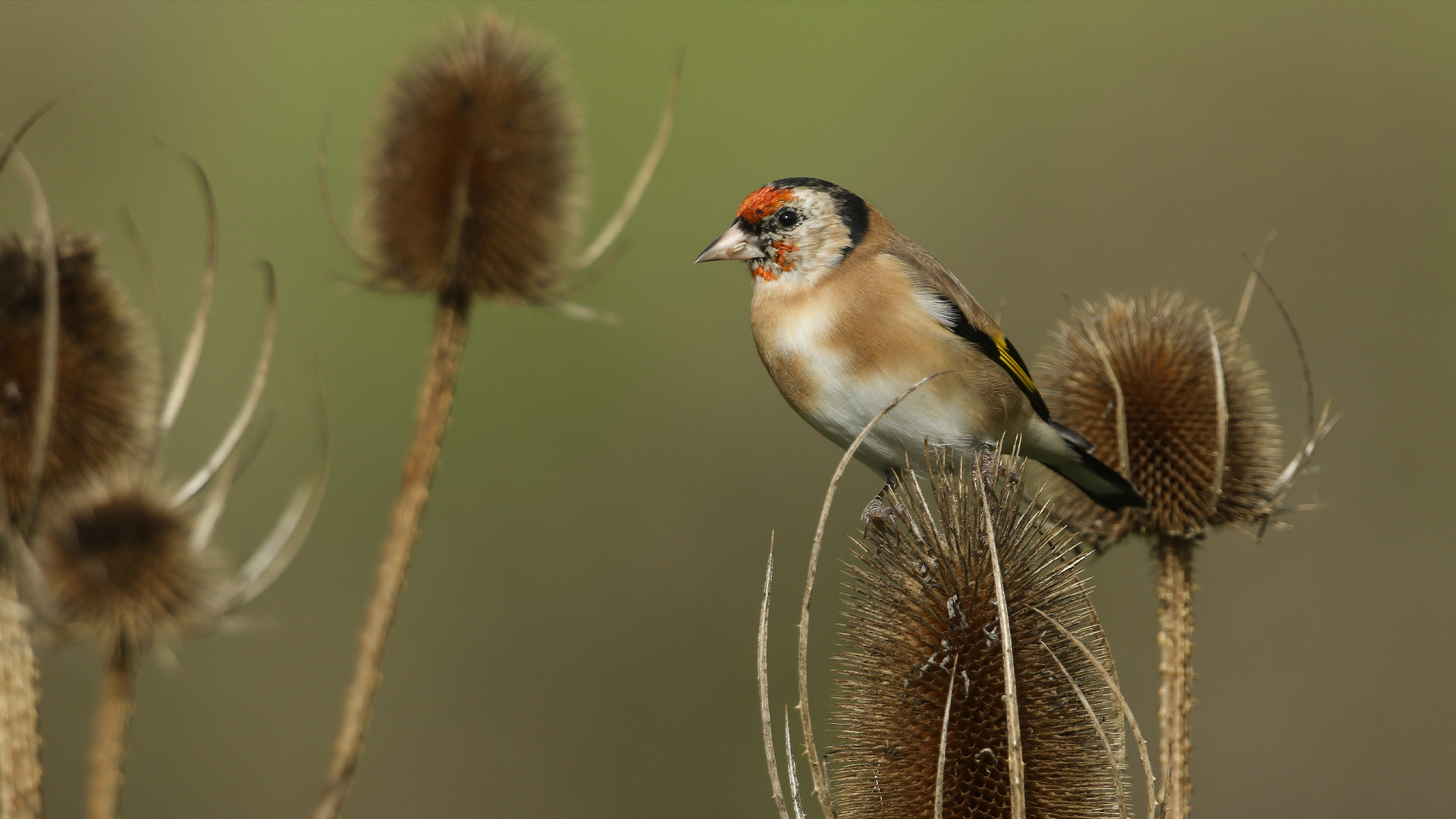
Which group of animals has the most species?
The leading group is so diverse that it represents one in every three animal species on Earth.

Each year, researchers discover dozens of animal species to add to the millions on our planet. One group, in particular, contains an exceedingly large chunk of Earth's biodiversity. So, of all the animal groups on our planet, which has the most species?
According to estimates from Camilo Mora, an associate professor in the Department of Geography and Environment at the University of Hawaii at Mānoa, insects are the most diverse animal group. His investigations predict that there are a whopping 3 million insect species, meaning roughly half of all animal species on Earth are insects.
One type is particularly prolific. "Of the insects, the group that has the most species are beetles: there are almost 400,000 species of beetles," said Jessica Ware, an evolutionary biologist and associate curator of invertebrate zoology at the American Museum of Natural History in New York City. In fact, that means 1 in 3 animal species is a beetle, making them the most species-rich creatures known on Earth. For comparison, whereas there are almost 3,000 snake species, "there's twice that many of [just] ladybird beetles!" Ware told Live Science.
Why have beetles and the wider insect class become so successful? There are many possible reasons. One possibility is that insects have been around for almost 500 million years, making them one of the oldest animal groups. That's allowed "time for speciation to occur, for species to accumulate," Ware said. Most insects are also short-lived, which typically coincides with quicker rates of reproduction and more offspring, thus creating more opportunities for mutations that lead to new species, Mora explained.
High levels of speciation have also given insects more opportunities to adapt and thrive in thousands of ecological niches worldwide. For example, beetles' outer wings not only enable them to fly but also serve as a protective casing that lets them burrow underground, Ware said.
Related: Do bees really die if they sting you?

"The other possibility is that maybe there are other groups that are just as diverse [as insects], but we haven't studied them," Mora said. In fact, in a 2018 study, researchers proposed that a group of insects known as parasitoid wasps may contain even more species than beetles do, but we've just devoted less time to studying them.
Sign up for the Live Science daily newsletter now
Get the world’s most fascinating discoveries delivered straight to your inbox.
Even though the range of insect species far overshadows those of fish, amphibians, reptiles, birds and mammals, all of these groups contain impressive numbers.
Mammals' 5,500 species might seem pitiable compared with insects' 3 million. But more than a quarter of mammals are rodents — 1,500 species, including rats, squirrels, beavers, capybaras and porcupines. Of the more than 8,000 described amphibian species, a striking 90% are frogs, which, together with toads, make up 7,000 species. Reptiles boast somewhere between 10,000 and 12,000 species, the majority of which fall into the order Squamata, which comprises mostly lizards, of which there are about 5,500 to 7,000 species. Not to be outdone, one bird order, called the passeriformes, or perching birds, represents 5,300 species, the same number of mammal species on Earth. The most diverse of this gigantic order is a family known as tyrant flycatchers, with an estimated 400 species. Collectively, passeriformes make up more than half of all 10,000 known bird species alive on Earth today.
And experts think there are as many as 34,000 fish species — more than all other vertebrate species combined. With over 3,000 of these, the Cyprinid order, which contains freshwater fish such as minnows and carps, is the most diverse.
Still, none of these approaches the magnitude of beetles and their insect family. There are 1.4 billion individual insects for each human on Earth, and their combined weight exceeds humanity's by 70 times. And although they may seem like a nuisance or dangerous vectors of disease, insects are crucial for life on Earth: They provide pollination and boost soil nutrients that underpin our food systems, clean our fresh water and are a food source for thousands of species.
This makes it all the more worrying that insect populations are in decline. Without them, Ware said, "what we predict is a world that wouldn't support the life that we know — not just our human life, but the animal diversity, the plant diversity." They may be tiny, Mora said, but "humanity stands on the shoulders of insects."

Emma Bryce is a London-based freelance journalist who writes primarily about the environment, conservation and climate change. She has written for The Guardian, Wired Magazine, TED Ed, Anthropocene, China Dialogue, and Yale e360 among others, and has masters degree in science, health, and environmental reporting from New York University. Emma has been awarded reporting grants from the European Journalism Centre, and in 2016 received an International Reporting Project fellowship to attend the COP22 climate conference in Morocco.









